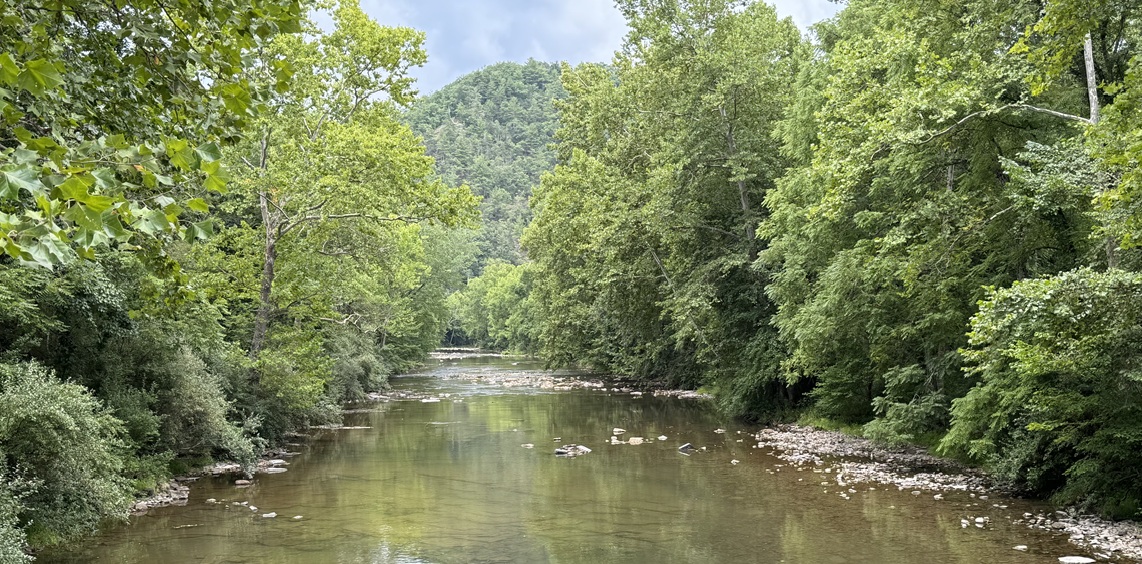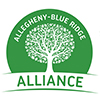
Thanks to your generous support, the James River Headwaters project has met several early project milestones. With your continued help, we can maintain the momentum we have built this summer, reach our goals for 2025 in the Cowpasture watershed, and extend our monitoring to the Jackson River in 2026!
Monthly data collection has continued at our 22 monitoring sites across the Cowpasture River watershed. We now have eight months of regular data at these sites, in addition to the “snapshot” survey in March, which included another 40 sites, mostly on small tributaries. In the last two months, we have been collecting E. coli samples at several monthly monitoring sites. This fall, we will be working with the James River Association to make sure our data can be integrated with readings their organization collects all across the James River watershed.
Our online map now hosts all of our water quality data, and over a dozen other environmental and planning-related data layers. We will build additional capabilities, such as data charts showing trends at specific sample sites, this fall and over the winter. These will make the system more informative and user-friendly.
In late July, ABRA, Cowpasture River Preservation Association (CRPA) and Jackson River Preservation Association (JRPA) teamed up to provide an afternoon course in water quality monitoring at Camp Mont Shenandoah, in Millboro, VA. The campers’ day began with a showing of Headwaters Down, a documentary about the James River, and an adventure-filled trip down it taken by five friends. The afternoon was spent in and beside the river, where the girls collected, counted and were shown how to identity benthic macroinvertebrates (basically “river bugs”), which are key indicators of stream health. They also learned how to sample for other information, such as water temperature, turbidity (murkiness) and conductivity, as well as how to use R-cards to check for E. coli contamination. The girls thoroughly enjoyed the program and asked many insightful questions about water quality and environmental health. This afternoon course helped inform CRPA’s effort to revitalize its classroom and in-field curriculum for K-12 students in Alleghany, Bath and Highland counties, which should debut this fall.
Volunteer training for benthic monitoring has commenced and will continue this fall and in the spring. Our goal is for much of the monthly monitoring (Temp, turbidity, conductivity and E. coli), and all of the benthic monitoring to be handled by local volunteers by the end of 2026. This will help ensure the long-term sustainability of the overall program. Reach out to us if you are local and interested in becoming a JRH water monitor!
Also needed to ensure the sustainability of the program is your continued support, while we and our partners build a solid foundation of volunteers for monitoring, develop the K-12 curriculum for our youth and develop the online tools that facilitate public engagement. Please consider donating to support this important project, which aims to protect the streams and rivers, empower local communities, foster environmental stewardship and facilitate regional planning.

